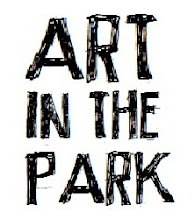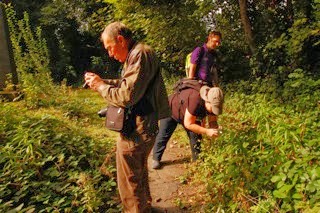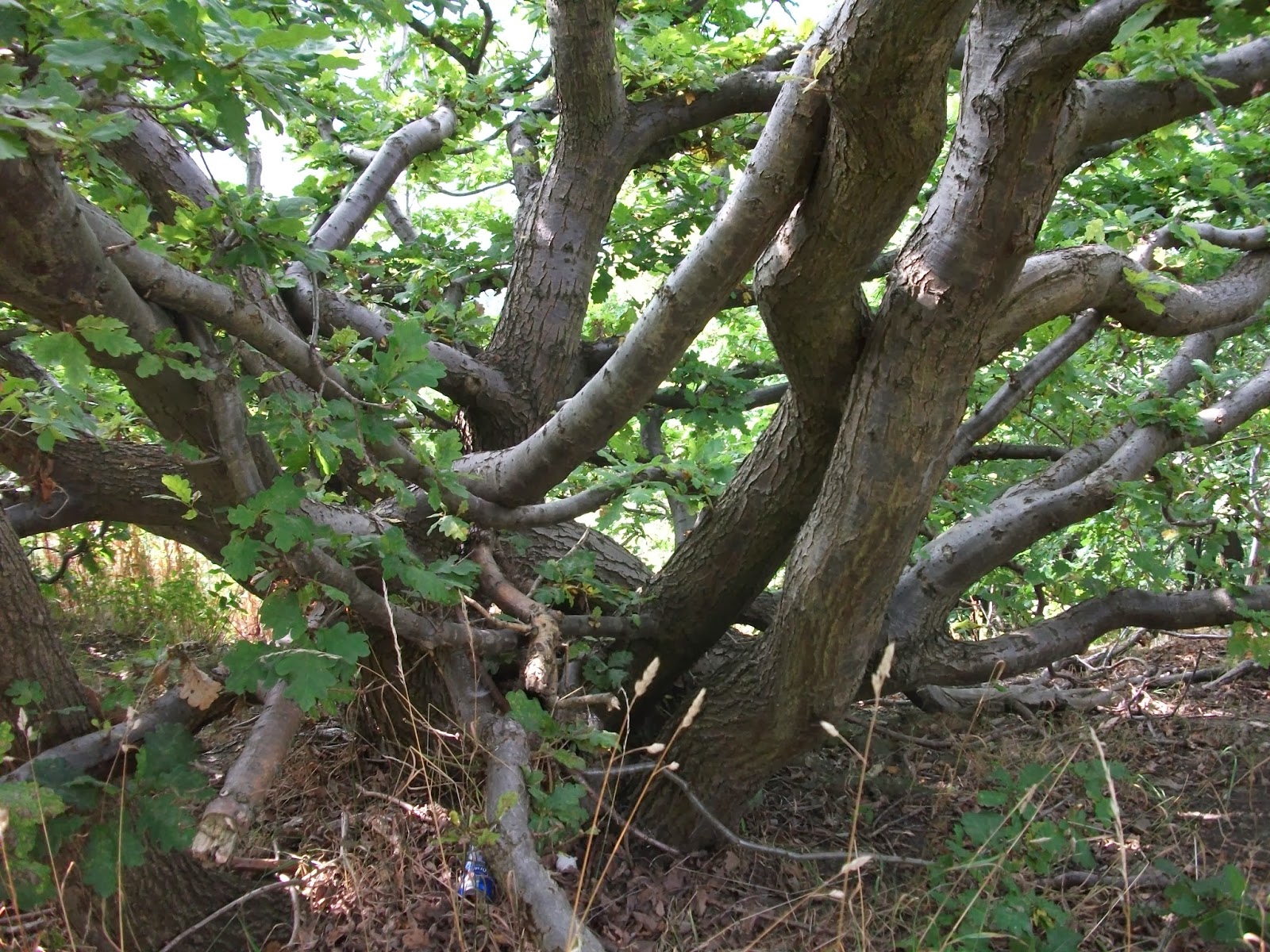Search
Archives
-
▼
2014
(15)
-
▼
February
(13)
- Keith Hayman
- Exploring in partnership with Activity Sheffield
- Workshops at the Zest Centre
- Growing Up on Parkwood Springs - Barbara Warsop
- Growing Up on Parkwood Springs – Ray Swift
- Dover Street workshops
- Wardsend Cemetery
- Cuthbert Bank - poems
- Cuthbert Bank
- Unregistered's Historypin Collection Now Live!
- In Conclusion: Reflections on the Unregistered Pro...
- Reflections on the Wardsend Poetry Walk
- Reflections on the Parkwood Springs Artswalk
-
▼
February
(13)
Popular Posts
-
So you may be coming along to our artswalk at Parkwood Springs tomorrow, or perhaps you're just curious about this little-known part of...
-
Cuthbert Bank was used for pigeon racing for over one hundred years. Before the industrial revolution, the bank would have overlooked th...
-
October 26th, 2013: the day of Unregistered's first Artswalk around Sheffield's Parkwood Springs area. There had been a question mar...
-
Barbara Warsop was put in touch with Art in the Park through the Walkley History Project http://walkleyhistory.wordpress.com/ . She has ...
-
Wardsend Cemetery Wardsend Cemetery is a historical site hidden behind the Owlerton Stadium. A good description of its history can b...
-
There was once an estate on Parkwood Springs, where the remains of the Ski Village now stand. A few of the roads are still visible, eithe...
-
So, sadly, the events and activities that have been organised as part of the Unregistered project have now come to an end. I think I can spe...
-
During the project we teamed up with Activity Sheffield on a few occasions, to encourage people to explore their local spaces. We offe...
-
On January 11th 2014, local poet Bill Cooper led the final walk of the Unregistered project - a poetry walk around Wardsend cemetery and the...
-
Art in the Park ran a number of workshops for young people and adults with learning disabilities at Dover Street daycare centre, Led b...
About Me

- Art in the Park
- Art in the Park is a community art charity based in Sheffield. We work with professional artists to provide all sorts of environmental, creative and community art across the city.




























































